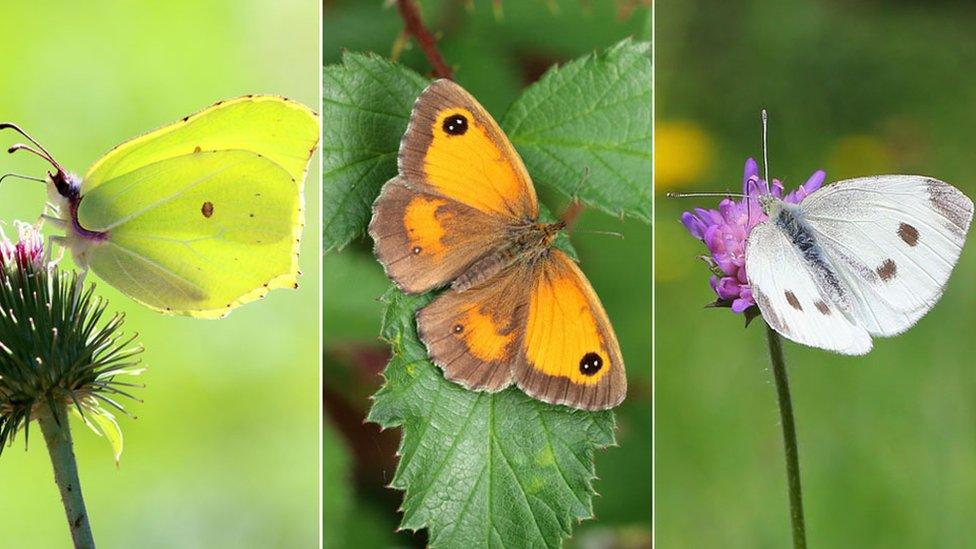Dorset butterfly banks created for small blue butterfly
- Published
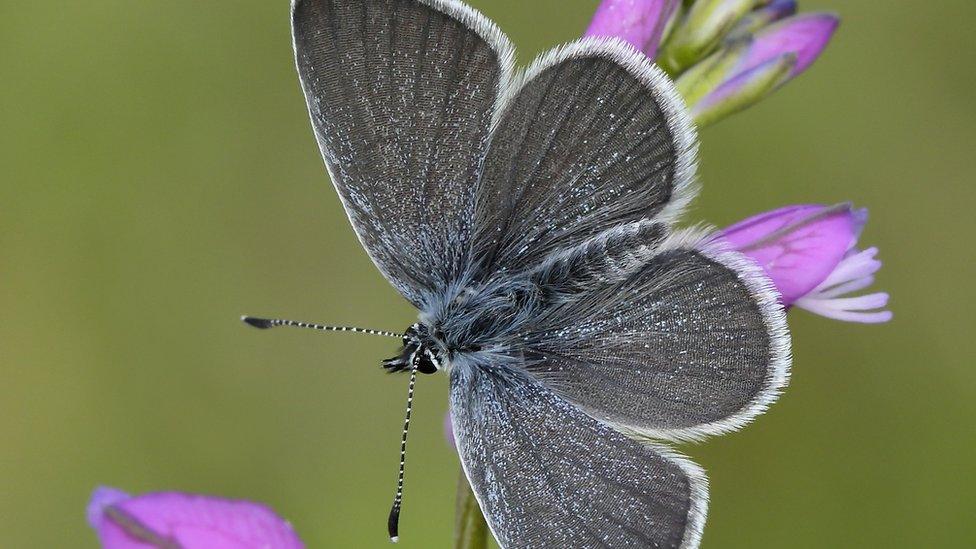
The small blue butterfly is known to live around Cranborne
Two butterfly banks have been approved to encourage the presence of the smallest native species in the UK.
Dorset Council has approved planning permission for banks to be set up at Black Bush Down near Cranborne for the small blue butterfly.
Conservationists say the species lives in the area, but numbers have declined due to a lack of food.
The banks will be 98ft (30m) long and 13ft (4m) metres wide, filled with plants to make a suitable habitat.
Dr Sophie Lake applied for the banks, which will be made from chalk subsoil, on behalf of the Cranborne Estate.
She said the banks would be seeded with plants including the perennial kidney vetch - a key food source for the small blue.
Dr Lake said the agricultural landscape was currently "unsuitable" for the species to survive in.
'Rare and localised'
The nearest population of the species is an estimated 4,900ft (1,500m) away in the Martin Down area.
The planning application states there are no plans to move these butterflies, but by offering a food source it is believed they will be attracted to the new sites.
The application has been backed by Natural England as well as Cranborne and Edmonsham Parish Council, and Wimborne St Giles Parish Council.
Dorset-based Butterfly Conservation say the species is the country's smallest resident butterfly, with a wing-span of no more than 1.2in (30mm).
It is usually confined to small patches of sheltered grassland where kidney vetch is found.
A spokesperson for the conservation group said: "The butterfly tends to live in small colonies and is declining in most areas. Found throughout Britain and Ireland, but rare and localised."

Follow BBC South on Facebook, external, Twitter, external, or Instagram, external. Send your story ideas to south.newsonline@bbc.co.uk, external.
Related topics
- Published29 August 2013
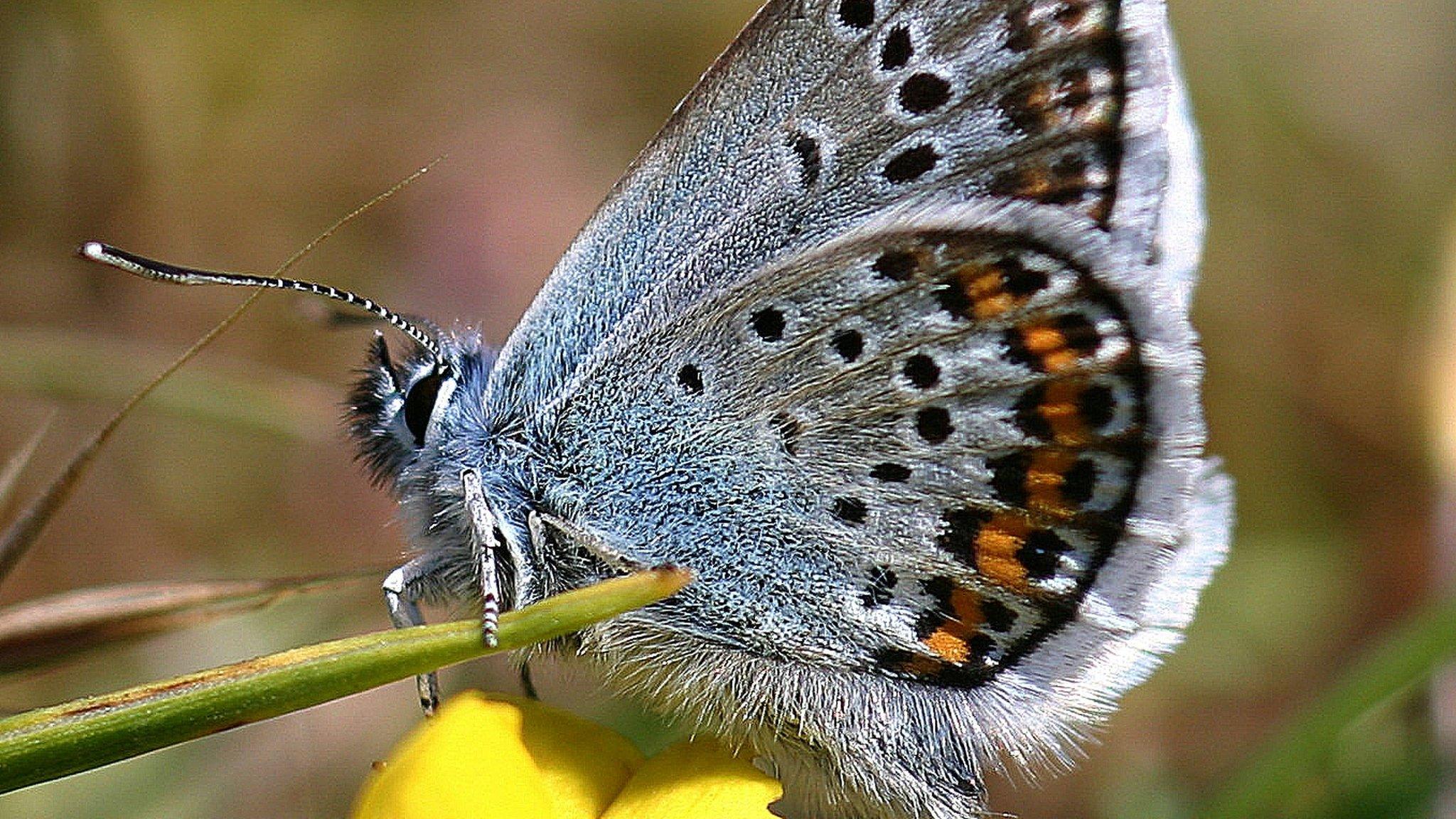
- Published11 September 2012
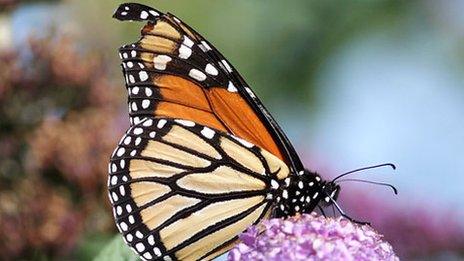
- Published16 July 2021
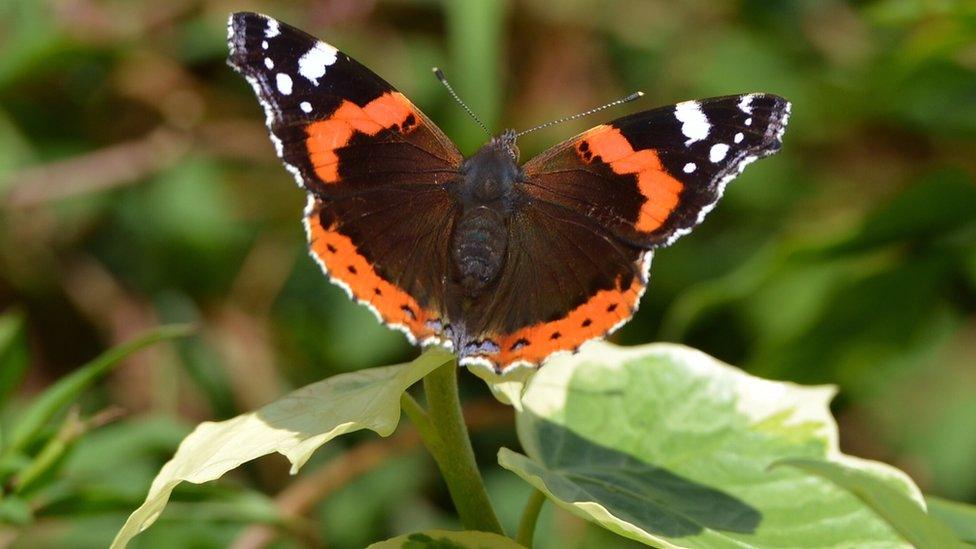
- Published19 July 2019
